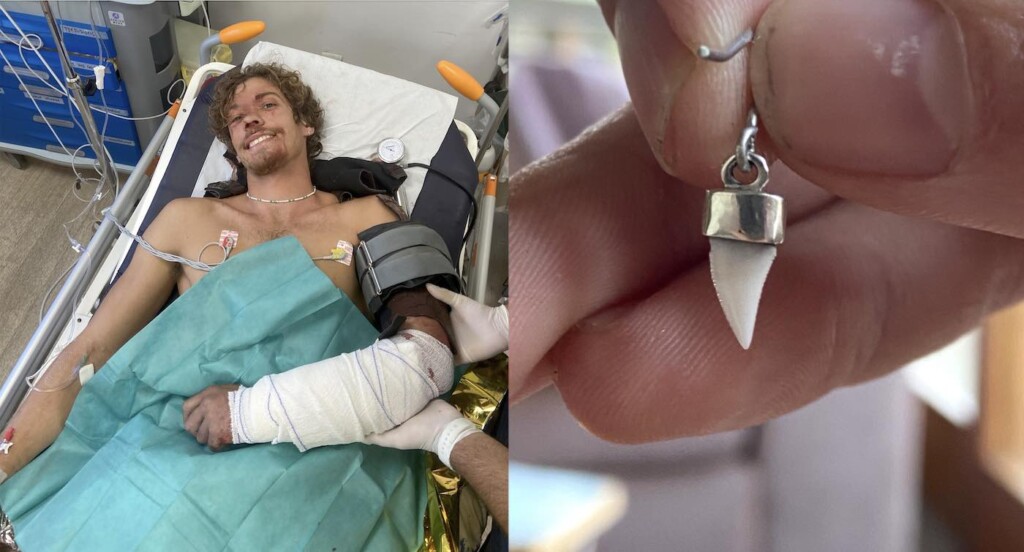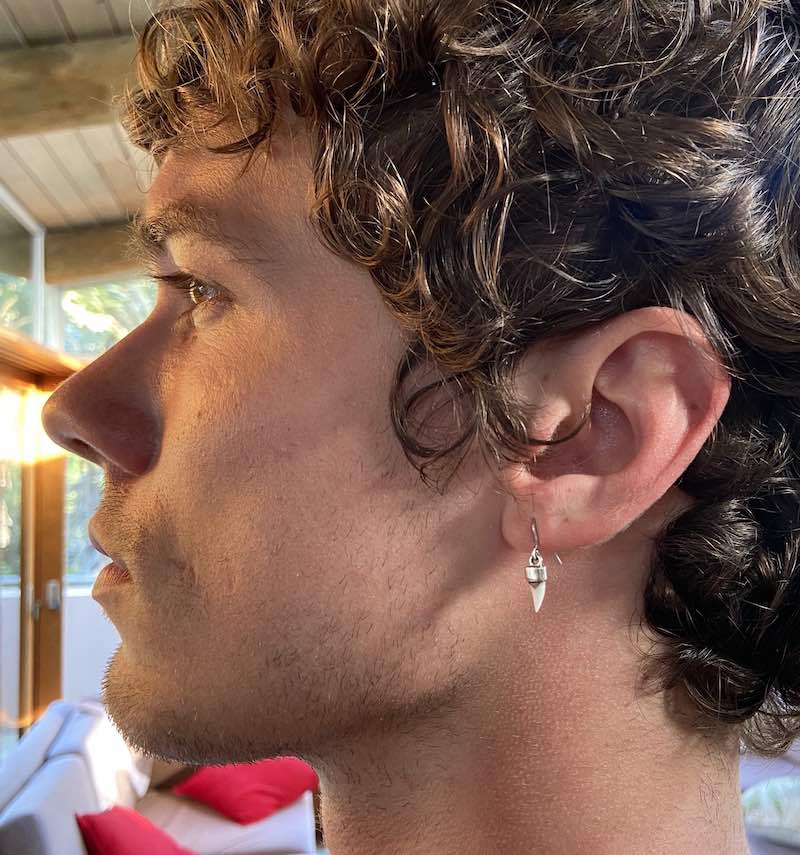
Charlotte Lay and her husband Dave on their wedding day – credit, SWNS ©
Charlotte stood on the train tracks ready for a train to come sweeping down the rails and end it all.
However the driver of that train, 47-year-old Dave Lay, had other plans.
Slamming the brakes after receiving notice of a pedestrian on the tracks, Lay brought the train to a halt and got down to talk with the suicidal woman for nearly half an hour before eventually getting her safely to the next platform.
Local police met the pair, and helped Charlotte get in contact with local mental health support workers then and there. Shaken but feeling good about what he was able to do, Dave departed, imagining the episode had finished.
But Charlotte had other plans.
Looking him up on Facebook the following day, she sent a message thanking him for the kindness he showed her on the rails at Crossflatts Station in West Yorkshire, England.
“I walked down the tracks and sat down, waiting,” Charlotte told the British media service SWNS. “I’m unsure who raised the alarm about my presence but when the next train came, it slowed and stopped far from me. I’m so grateful to Dave for stopping that day and being so patient and understanding.”
After Dave returned Charlotte’s text telling her he was available whenever she needed to speak to someone, they began exchanging messages on a daily basis. They met for a coffee after chatting for two months.

Fast forward three years, and they tied the knot when Charlotte was 22 weeks pregnant with their first child.
MORE TALES LIKE THIS: She Was About to End it All, Until a Stranger She’d Never Meet Told Her ‘Don’t Jump’
Charlotte, a nurse at the British National Health Service, was previously diagnosed with major depressive disorder, anxiety, post-traumatic stress disorder, and emotionally unstable personality disorder.
Recalling her decision-making process from that fateful day in 2019, she said that she was on the train to work in her scrubs, but nothing felt right. Dave’s arrival had all the hallmarks, she remembered, of a person trained to de-escalate mental health crises.
“I once asked him if he’d ever had any de-escalation training, because he was brilliant that day,” she said. “The conversation from what I can remember was just about mundane things and about both our lives, but it was enough to break the crisis.”
“Life didn’t feel as heavy anymore. The next day I made it my mission to find the man who had been so kind to me.”
DE-ESCALATING DANGER: Surveillance Shows Jon Bon Jovi Stopping Woman From Jumping Off Bridge in Nashville
Dave told the BBC he simply “said all the things he wished he could’ve said” to other people who have committed suicide, and for his part was desperately happy to hear from Charlotte, as he had no way of knowing if she ever approached mental health services, or if she made another attempt to enter the House of Hades.
“I needed to know she was all right. I’d contacted police to try to find out what happened to her and just wanted to make sure she was safe,” he told the BBC. “I felt like I had a duty to make sure she was all right. We’d had that rapport built by the side of the track.”
Charlotte says she hopes that by sharing her story, people will realize that, although it would be ideal if we all had specialist training to deal with a mental health crisis, we are all nevertheless capable of helping by being empathic and present.








